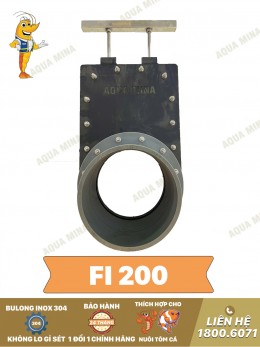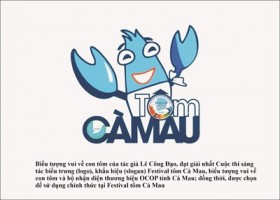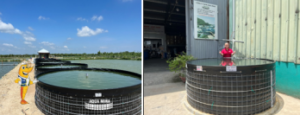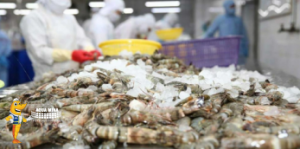Greening the Shrimp Industry (Part 2)
As mentioned before, Greening is a term used to describe the implementation of the core elements of sustainable development. Thus, greening must be methodically carried out with a long-term perspective, taking steps to meet all the pillars of sustainable enterprise criteria. Initially, each enterprise should:
1. Establish a Sustainable Development Committee (SDC).
Ideally, the highest leadership in the enterprise should directly manage this committee. Members should include heads of relevant internal departments such as processing plants, electrical and water systems, human resources, accounting, quality management, shrimp farming facilities (if applicable), and other departments depending on the specific situation of the enterprise.
2. Assess the current state of sustainable development (SD) within the enterprise.

This should be based on the three pillars: environment, society, and governance (ESG), which are the most widely recognized criteria for SD. The Vietnam Chamber of Commerce and Industry (VCCI) has integrated these into the CSI criteria, encouraging enterprises to participate and submit annual reports to VCCI for assessment, validation, and selection of the top 100 sustainable enterprises in Vietnam. Enterprises should compare their current practices with these standards, identifying strengths, weaknesses, and gaps that need to be addressed.
3. Set goals and develop policies and procedures.
Based on the current state, subjective and objective factors, and in alignment with national and industry-specific criteria, the SDC should set goals. These can be qualitative, quantitative, or directional, depending on specific circumstances. The goals should focus on the three pillars mentioned above: environment, society, and governance. It is advisable to follow the S.M.A.R.T. framework:
- Specific
- Measurable
- Attainable
- Realistic
- Timely
Goals and policies can be separated depending on the enterprise's situation.

4. Train employees on sustainable development.
- Management should understand the ESG principles.
- Workers should be knowledgeable about occupational safety, environmental protection, social responsibility, ISO 14001, and other relevant standards.
5. Implement the plan.
Based on the goals, regulations, and policies, and through task delegation within the SDC, each member should carry out their responsibilities.
6. Collect data and prepare annual reports.
Data should be collected according to ESG criteria, specifically:
- Environment
- Energy consumption: electricity, coal, gas, oil
- Water consumption and wastewater treatment
- Waste volume: hazardous and non-hazardous waste
- Circular economy: recycling, reusing
- Labor and Society
- Labor: total employees, age structure, gender, income levels
- Safety and health: workplace accidents, training
- Community support programs
- Governance
- Policies and regulations related to environment and society
- Organizational structure and task delegation for sustainable development
- SD goals, strategies, and action plans
- Certifications/acknowledgments in environmental and social responsibility
7. Reassess and improve.
The SD criteria should be improved annually. However, when evaluating each enterprise’s performance, the criteria are divided into two levels: basic and advanced. Enterprises are encouraged to pursue continuous improvement by gradually meeting the advanced criteria. For instance, the VCCI's current standards for sustainable enterprises include 95 core indicators (C) and 58 advanced indicators (A).
In conclusion, greening, and more broadly, sustainable development, is an inevitable path for enterprises wishing to survive and grow. The above content is a general overview and certainly not exhaustive, as the SD criteria are constantly being supplemented and improved. Nevertheless, this provides a preliminary outline for enterprise leaders who may not yet have paid attention to this issue, helping them prepare a stronger foundation and better equip their enterprises for the challenging road ahead.
Dr. Ho Quoc Luc – Former President of VASEP, Chairman of the Board, FIMEX VN
Ngày đăng : 12/09/2024
1854 View
Other Articles
Portuguese food group acquires 18% stake in cod farming company Norcod
Indonesia implements radioactive-free shrimp certification for exports to the United States
India is world’s second-largest shrimp producer. That is now under threat
Ca Mau’s shrimp industry moves towards “green” growth
Floods devastate aquaculture, processing operations in Vietnam
Ecuador Leads Global Shrimp Exports, Surpassing USD 7 Billion in 2025
India's marine product exports rise 16% as new markets offset US dip
Skretting presents the first shrimp feed with insect meal in Vietnam
Sharing: EU increases shrimp imports in the first 9 months of the year
Gideon De Oro opens high tech Cebu shrimp plant, to revive exports
White-leg shrimp facing WSSV: When density and environment fluctuate together



















.jpg)